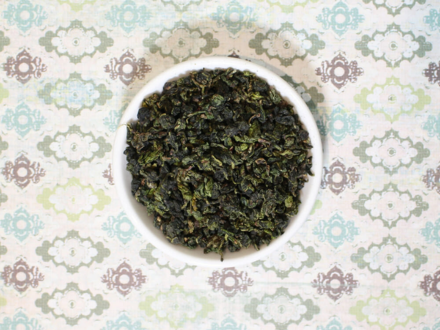January 5, 2024
Tea Processing: Oolong Teas

Explore all of the types of tea processing with Royal New York. Oolong teas have the most varied style of tea production. Oolong teas are mostly found in Southern China and Taiwan. Some oolong teas closely resemble black teas, while others could be mistaken for green.
Oolong Teas: The Process

Step 1: Plucking / Picking Oolong Teas
Plucking or picking depends on the oolong style they are producing. Buds are rarely used for oolong. Lighter oxidation oolongs generally use younger, more delicate leaves. However, they will use larger, older leaves for more oxidized teas.

Step 2: Withering
Withering is the partial drying of the leaves to 5060% moisture in about 2-4 hours. The loss of moisture softens the leaves. This allows them to roll and shape them without breaking. The rate of withering will impact the final flavor.

Step 3: Macerating
Macerating or bruising the tea is important in breaking down the cells and releasing enzymes to accelerate oxidation. Maceration may not occur in all styles of oolong but it is more common in more heavily oxidized teas.

Step 4: Oxidation
The degree of oxidation depends on the style of oolong they are producing. Oxidation happens more rapidly after they macerated or bruised the tea. However, they may still heat it for 8-12 hours to accelerate the process. It may be on Bamboo mats or in drums.

Step 5: Fixing & Drying
Fixing and drying halts the oxidation of the leaves, similar to Sha Qing in green teas. Specialty tea producers pan fry most oolongs. To do this they first twist or roll the tea to release any aromatic oils. Then they will dry it completely to stabilize the tea. There may be periods of rest in between.
Left to Checkout



